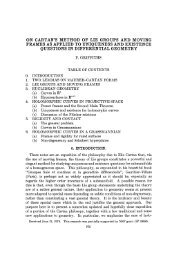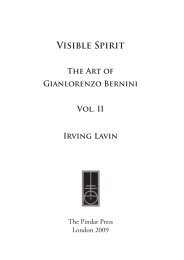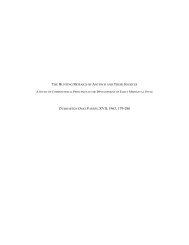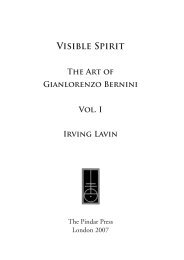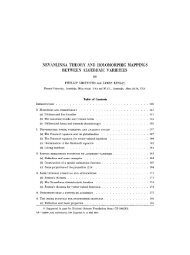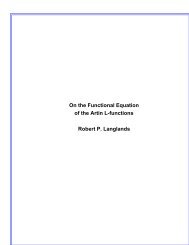View PDF - Project Euclid
View PDF - Project Euclid
View PDF - Project Euclid
You also want an ePaper? Increase the reach of your titles
YUMPU automatically turns print PDFs into web optimized ePapers that Google loves.
CURVATURE AND COMPLEX SINGULARITIES 491<br />
Using this we will prove (4.28) when n k 1; i.e., when the intersections<br />
M f3 L0 have complex dimension one.<br />
Now (4.38) is valid for any complex manifold in (I u {0}, and applying it to<br />
M f3 L0 and integrating gives<br />
IM (4.39)<br />
f) Lo Cl(M f) L) fM f-) Lo cI(OM fq L) fM f- Lo M f3 Lo"<br />
We now average both sides of (4.39) over Lo G(N- n + 1, N) and use<br />
(4.32) to obtain<br />
I (4.40) ( fM c io Cl(UCi)) dL fM cI(OM) / ("on-1<br />
+ Cm fu on I( IU o Xlru c I) dL"<br />
We must examine the term on the far right.<br />
In s {0} x G(N n + l, N) we consider the incidence correspondence<br />
I= {z, L0) :z L0}<br />
(actually, I should be considered in IP N X G(N n + 1, N)). The fibre of<br />
rr: I-- [u {0} is Iz G(N n, N 1), and so rr,(dLo) is an (n 1, n 1)<br />
form on C u {0}. Since this form is the pullback of a form on pu- and is<br />
unitarily invariant, it is a multiple of o" 1. We may then write<br />
(4.41) dLo<br />
where is a form on I which restricts to the fundamental class on each fibre Iz.<br />
Here we are using that the cohomology of I is additively isomorphic to<br />
H,(IpN- 1) (R) H*(G(N n, N 1)), and in this decomposition the cohomology<br />
class of dLo appears in H 2n 1) (ipN- 1) () H*(G(N n, N 1)). Now we denote<br />
by z,,(Lo) the normal vector for M f3 L0 C L0 at z. Since<br />
Tz(M f) Lo) T(M) fq Lo<br />
it follows by an easy invariant-theoretic argument that<br />
log IlzdLo)l[<br />
Combining this with (4.41) and (4.40) gives<br />
c’- log Ilznll.<br />
O log IIz.(Lo)ll<br />
cte IM --0 log iiz.ii ,--1





